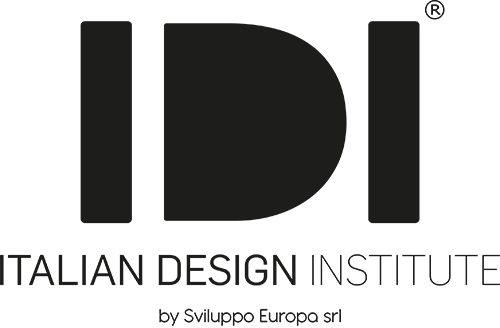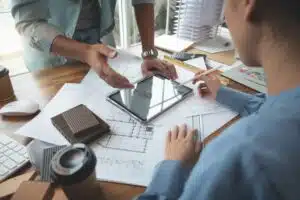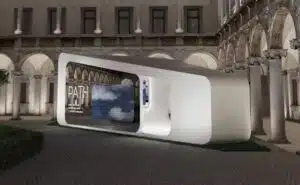Becoming an interior designer means concentrating a range of knowledge and skills, attainable through specific and comprehensive training.
In this article we will talk about how we arrive at a project, starting from an idea. The cue comes to us from a volume that Italian Design Institute delivered to its master's students in Interior Design, entitled 'Interior Design - From Concept to Project'. by Tomris Tangaz, published by Hoepli.
Observation first.
In beginning on-site research, observation is one is the first step in the birth of the idea. By observing the surroundings, with its shapes, light, proportions and texture, one can find the right inspiration to develop an idea, transferring it into space through sketches and drawings.
On-site research and study of buildings: the steps of Interior Design.
The author of the book, in 3 steps, concretely summarises what is possible in this first phase of research:
- Choose a building that you find interesting and that is easily accessible.
- Before starting to draw, take time to consider geometry, shape, size, proportions, details, materials and functions.
- Photographing it from various angles, taking in the details, trying to capture its essence.
- Start drawing, using charcoal and soft pencils for the most immediate sketches, harder pencils for outlines and ink for details.
- Observe the context in which the building stands: the area surrounding the site provides valuable information;
- Draw up a checklist of questions to identify the strengths of the location.
- Look at the way the building is positioned in the street, answering these questions: Is it in harmony with other buildings? Does it take into account the neighbouring architecture and, if so, in what
- way? Does it seem to work well? Are there other interesting features that can influence the way the building is perceived? This could be the relationship between the building and other site factors, such as a busy street, a river, a park or a market.
- Take into account the aerial perspective: views from above a site highlight the relationship between the building and its surroundings.
- Study the geometries of the entire building, including the façade and door and window openings.
- Assess the scale and proportions of the building in itself and in relation to the surrounding area.
- Look for the repetitions, the ornamental details that dictate the movement or rhythm.
- Explore the use of materials and the contrasts they might suggest.
- Exploring the use of colour and its effects on building.
Putting pen to paper.
A sketchbook is the inseparable tool of theinterior designer. On this medium, one should make as detailed a list as possible of the elements observed with personal notes.
A design project must summarise all the necessary information useful to each planner to meet and even exceed the client's expectations, focusing on the results of the work plan and the business objectives to be achieved.
Below are the 7 steps to follow in the realisation of an interior design project:
- customer briefing
- intervention space (measurements and photographs)
- first sketches and moodboards
- project definition and working drawings
- choice of materials, suppliers and quotations
- calendar of work
- realisation
IDI's Master in Interior Design.
The Italian Design Institute's Master in Interior is a comprehensive course that enables future professionals to:
to learn the techniques of interior design, of fitting out living and business spaces, also dealing with furniture elements, with graphic and computerised representations; to develop and implement one's creative flair;
to acquire historical and technical knowledge about interior design under the guidance of internationally renowned lecturers;
to address issues related to art, fashion, communication and architecture in a cross-cutting manner;
to use dedicated design software such as: ArredoCAD and Rhinoceros.
The Master's Programme:
Installations and problems
Thermohydral and electrical system from an architectural and scenography point of view.
The main artificial light sources: physical, luminous and electric characteristics
Lighting equipment: components and accessories
Materials and furnishings
Fixed and mobile furnishing accessories
Floors and walls
Plasters and painting
How to choose materials in the design phases: main selection criteria
Composite materials and their use
Metals, traditional and innovative ceramics, glass and wood
Plastics
Living and commercial spaces design
Design of the spaces
Decoration of the single rooms
Mansards, taverns, gardens and terraces
Use of small spaces
How to match styles
Color psychology
Legislation
The technical report, the estimate and metric calculation
Elements of lighting technology
Notions of Bio-architecture




